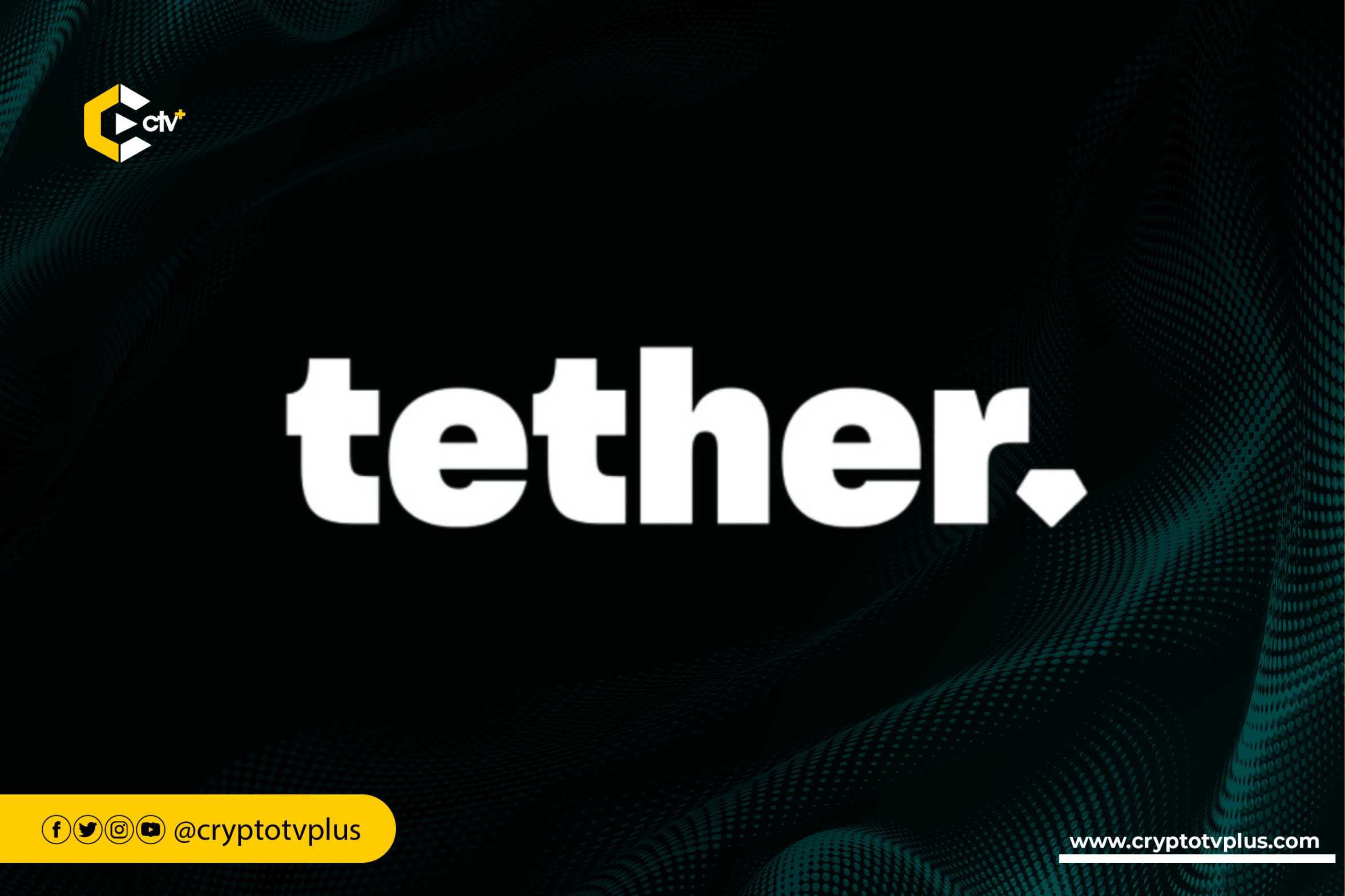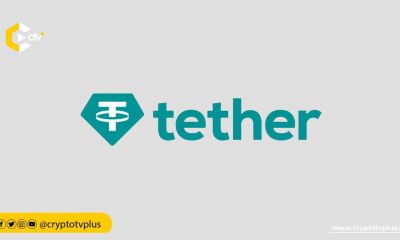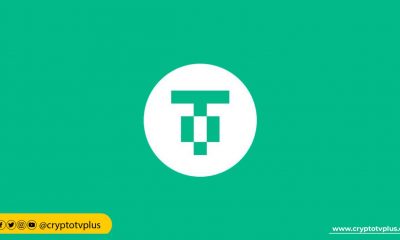News
Tether to discontinue USDT minting on Algorand & EOS

Tether, the leading stablecoin issuer, announced plans to cease minting its USDT token on the Algorand and EOS blockchains. The decision, effective from June 24, 2024, follows an extensive evaluation of technological maintenance, user requirements, and community engagement.
This move marks a strategic shift as Tether aims to streamline its operations and focus on blockchain networks with higher demand and usage.
Algorand, a decentralized blockchain platform, emphasizes transparency and supports the development of decentralized applications (dApps) through its Pure Proof-of-Stake (PPoS) consensus mechanism. This mechanism ensures network security, efficiency, and decentralization, making Algorand a notable player in the blockchain space.
EOS, another prominent decentralized platform, facilitates large-scale dApp deployment using a Delegated Proof-of-Stake (DPoS) consensus mechanism. EOS claims this technology can process millions of transactions per second, positioning it as a high-performance blockchain.
Tether’s USDT is a stablecoin designed to maintain a 1:1 peg with the US dollar, providing stability amidst the volatile cryptocurrency market. By offering a digital asset backed by fiat currency reserves, Tether serves as both a medium of exchange and a store of value, addressing the need for stability in digital transactions.
Since its inception in 2014, Tether has expanded USDT’s availability across multiple blockchain networks, including Ethereum, Tron, BNB Chain (BSC), Solana, and TON among several others.
This broad integration facilitates seamless interoperability with a wide range of dApps and platforms. Tether introduced USDT on Algorand in 2019 and on EOS in 2020, reflecting its strategy to diversify across various blockchain ecosystems.
Despite the cessation of new USDT minting on Algorand and EOS, Tether assured users that they could continue to exchange USDT on these blockchains for the next 12 months.
ICYMI: Can Tether’s new digital asset Alloy, backed by Tether Gold perform like USDT?
The company emphasized its commitment to supporting its global community and ensuring minimal disruption during this transition.
“Our top priority remains delivering a seamless user experience, and we are committed to facilitating a hassle-free transition,” Tether stated.
The stablecoin market has seen significant growth since 2014, with USDT emerging as the most widely used stablecoin globally. Tether’s market capitalization exceeds $112 billion, dwarfing its closest competitor, USDC, which stands at $32 billion.
Despite their technologies, Algorand and EOS constitute only 0.1% of USDT’s total supply, influencing Tether’s decision to discontinue minting on these platforms.
This strategic move by Tether is indicative of the company’s ongoing efforts to optimize its operations and focus on blockchain networks with substantial user demand. As the cryptocurrency landscape evolves, Tether continues to adapt, ensuring its stablecoin remains integral to the digital asset ecosystem.
Further updates regarding Tether’s plans for Algorand and EOS will be provided after the initial 12-month transition period. The company remains committed to exploring new opportunities and maintaining robust support across multiple protocols to meet the diverse needs of its users.
























